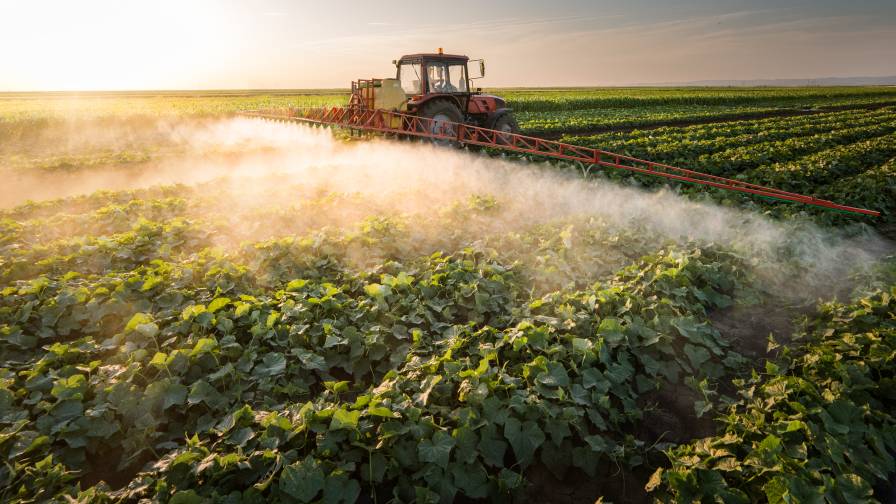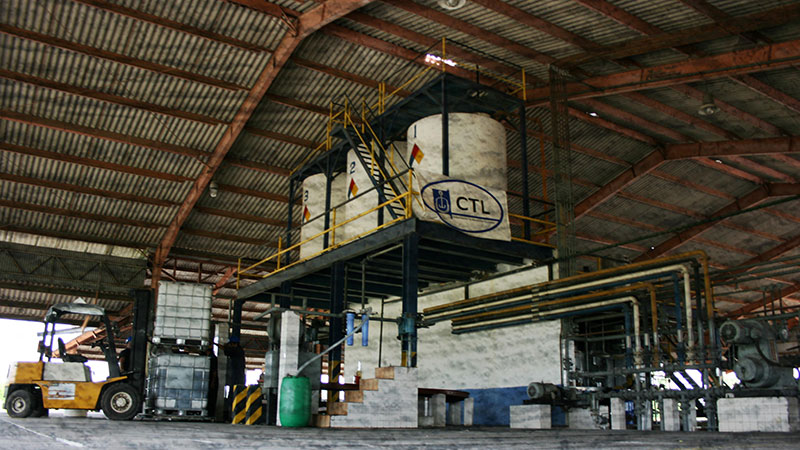Corn Matures

Corn is again making headlines as the US Department of Agriculture (USDA) and Department of Energy (DOE) recently announced an investment of US $18.4 million for biomass research and development over the next three years. The intention is to make production more efficient and cost-effective and develop clean biofuels.
Biofuel Blitz
“Ethanol corn use for 2008/09 is projected to increase 28% and account for 31% of total corn use,” said Joseph Glauber, chief economist, USDA. “Based on monthly production data from the Energy Information Administration, ethanol production capacity exceeds 7.3 billion gallons annually. The Energy Independence and Security Act of 2007 raises mandated levels of renewable fuel use to 9 billion gallons for 2008 and 10.5 billion gallons for 2009,” he continued. “Corn prices, as currently forecast, support profitability for the sector; but plant utilization rates will be increasingly sensitive to prices for ethanol and heavily influenced by prices in the energy sector. The relative tightness of the corn balance sheet … is expected to push farm prices higher again in 2008/09. The average price received is projected at a record $4.60 per bushel, up $0.60 from the mid-point of the 2007/08 forecast.”
US Effects
“Even with the expectation of a large supply response in 2008, forecasts show prospects of declining US corn inventories by the end of the 2008/09 marketing year,” said University of Illinois Extension marketing specialist Darrel Good. “Prices should generally favor corn over soybeans for the US spring planting. Planted acreage is expected to decline by 3.6 million acres while acreage harvested for grain is expected to decline by 3.8 million,” he said. “The average yield is projected at a four-year high of 154.9 bushels — 3.8 bushels above the 2007 average.
“On the consumption side,” Good continued, “the USDA sees corn use for ethanol production increasing by 900 million bushels. Year-ending stocks are projected at a meager 1.243 billion bushels, or 9.5% of projected use.”
If the 2008 US corn yield is closer to the long-term trend of 152.5 bushels, year-ending stocks would decline to 1.045 billion bushels, or 8% of use. A decline of less than 850 million bushels of combined feed use and exports would make year-ending stocks even tighter.
“The conclusion,” said Good, “is that planted acreage of corn in 2008 needs to be larger than 90 million acres to reduce the risk of a shortage in supply and much higher prices,” said Good.
World Results
High prices in the US have increased exports from other countries, causing some problems as local prices are driven higher and shortages arise. India, which consumes around 14 million tonnes of corn annually and forecasts record summer corn at 13.07 million tonnes in 2007/08 — up 14.3% from last year, with a winter crop at around 2.5 million tonnes — has its poultry industry demanding a ban on corn exports. The country mainly exports to Vietnam, Malaysia, Indonesia, Sri Lanka and Bangladesh, as well as Australia and the Middle East, for food and feedstock. With high US prices and lower Chinese exports, Indian private traders have been moving in on the action. For the year ending Sept. 2008, private exports could exceed 200,000 tonnes.
As global inventories decrease, China could suffer a shortage of corn supplies. Consumption will continue to grow, with an expected increase of 2% to 98 million tonnes, says Wang Jun, research director at the Zhenhua Investment Research Center, who estimates industrial consumption at 40 million tonnes. “Prices of oil-bearing crops spiked by over 60% in 2007, which may cause farmers to shift their focus away from corn and reduce China’s corn cultivation acreage,” he said This could drive China’s corn prices as high as $281.69 per tonne, said Jun. Current prices in central China’s Sichuan Province are round $261.35 per tonne, due to limited railway capacity.
Brazil, even with its great success with biofuel made from sugarcane, is increasing its corn crop — forecast at 38.4 million tonnes this year, 5.8% over last year — to feed the biofuel demand. In Feb. 2008, Brazil’s National Biosecurity Council gave its first approval for the planting and sale of two types of genetically modified (GM) corn: Monsanto’s MON 810, marketed as Guardian and YieldGard, and Bayer’s LibertyLink. However, a Brazilian rural group, Via Campesina, said in a statement that studies by both companies were “completely inadequate and insufficient to guarantee the safety of these products in terms of human health.” It also fears contamination of natural crops.
Corn Chemicals
As raw materials of corn herbicides such as 2,4-D, simazine, and atrazine continue to be in shortage in the US, generic manufacturers have been forced to raise their prices. Fertilizer prices will also be pushed higher, with shortages again expected. With corn big again this year, the glyphosate shortage will cause newer — and cheaper — chemistries to be in high demand.





